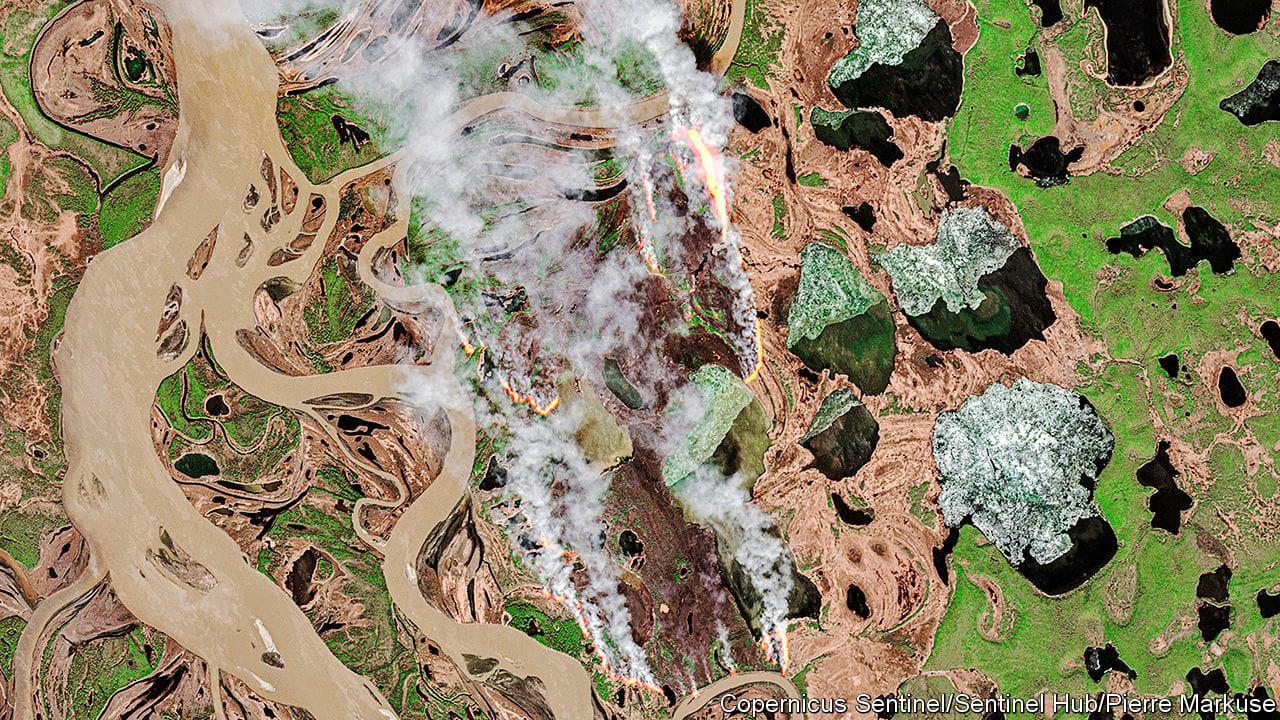- by
- 07 24, 2024
-

-
-
Loading

Loading

SEEN FROM the sky, the northern stretches of Siberia in early May were a splodgy white, their thinning winter snow cover interrupted by the brown veins of meandering rivers. Nestled within some of these curves, though, satellites picked up patches of soil warmer than the ground around them. The patches grew and multiplied as the month went on. Before it was over, some were visibly ablaze.Fires are not unheard of in the Arctic, even at this time of year. But the extraordinary fires seen last summer have put researchers on high alert for oddities. In June, July and August 2019 fires within the Arctic Circle pumped 173m tonnes of carbon dioxide into the atmosphere. The 182m tonnes emitted over the year as a whole smashed the previous record of 110m tonnes, set in 2004. Dense clouds of smoke smothered Siberian cities. The fires consumed not just trees and grasses but also peat which would normally have been frozen. Alaska experienced an unusually active fire season, too.